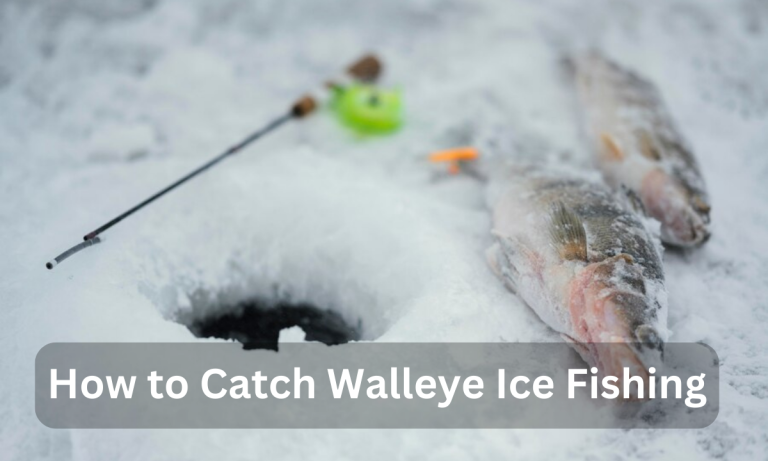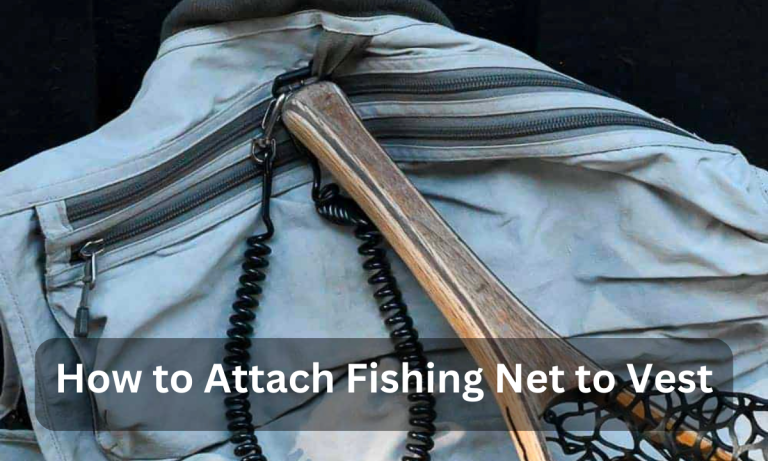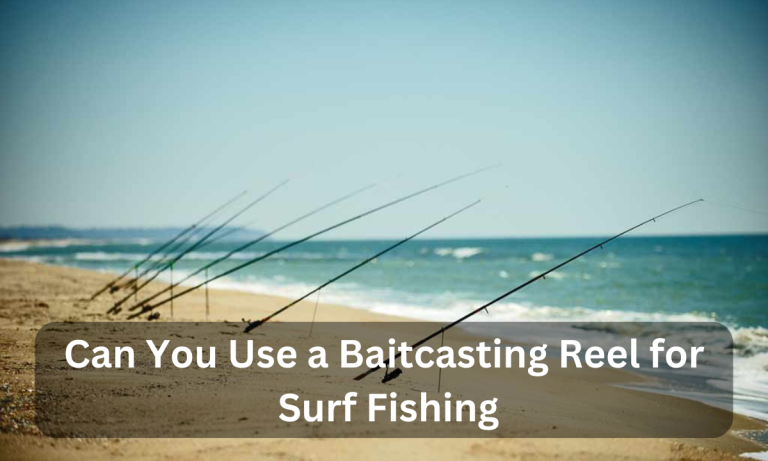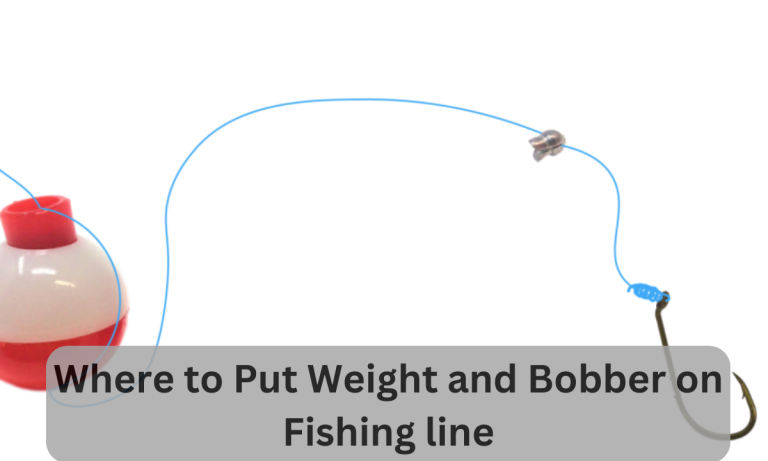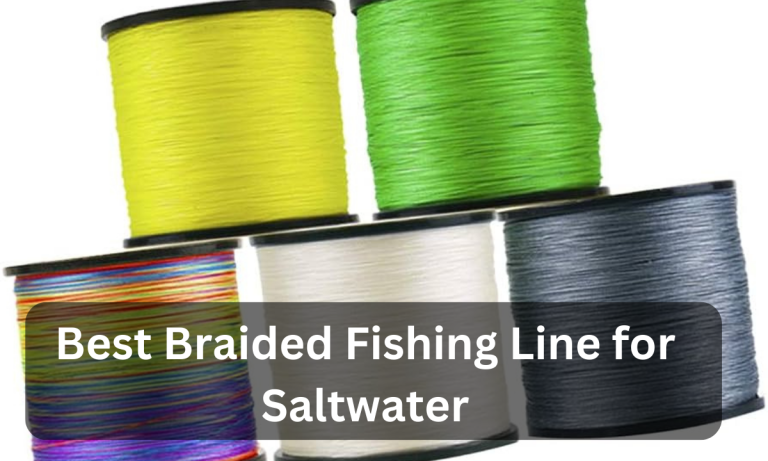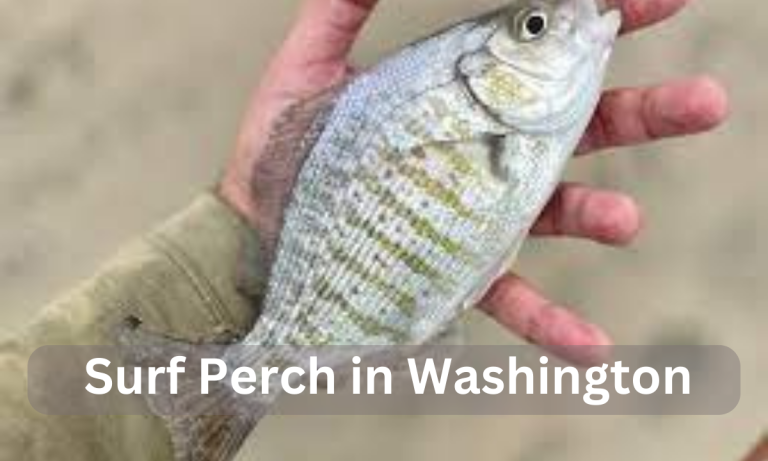How to Tie a Sinker onto a Fishing Line
What actually sinkers are? When it is about fishing, your bait should be in a perfect place to attract a good fish. Hence, sinkers are actually weights made of lead or small metal balls to be tied to the fishing line to take it to certain depths targeted and provide a proper balance to the fishing line.
However, the sinker will be attached according to water conditions depth and current, and the size of the bait. One other thing to remember is that How to Tie a Sinker onto a Fishing Line must be done in a way that it does not have a reverse impact on the presentation of bait to the fish. Anyhow, visibility, weight, and control should never be compromised.
Therefore, sinkers are a very important part of an angler’s fishing tackle. Firstly, they improve the cast. Secondly, how to tie a sinker onto a fishing line is very easy and you can carry on with various options until you find a desired one.
Notwithstanding, local rules and regulations about the use of sinkers must be kept in mind while fishing. This article will give you insight into how to tie a sinker onto a fishing line.
As the sinkers are available in numerous shapes and sizes, each has a particular use. How to tie a sinker onto a fishing line also depends on the style of the sinker.
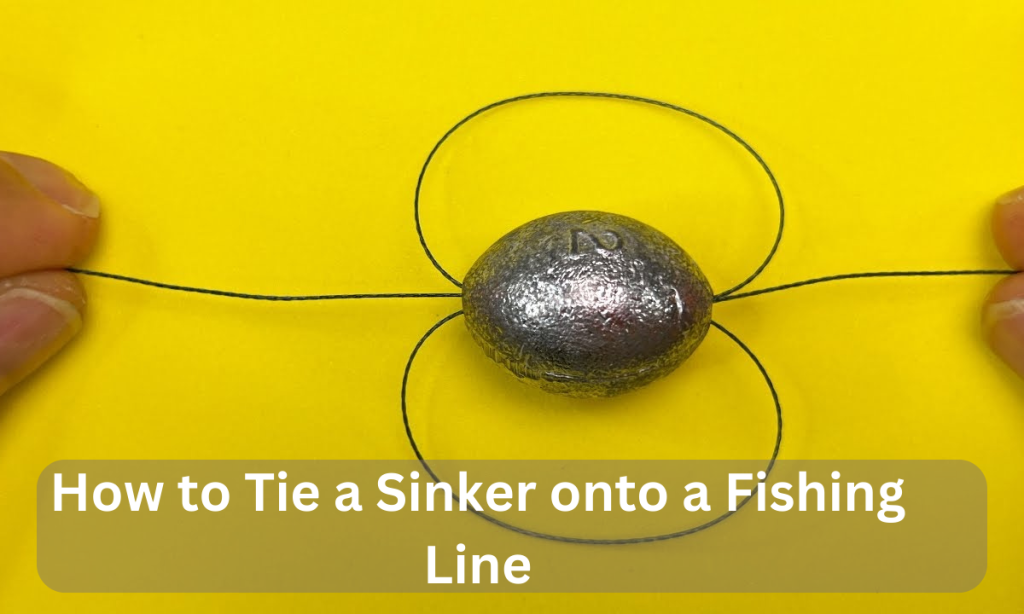
How to Tie a Sinker onto a Fishing Line: Types
First, we should know the types of sinkers before discussing how to tie a sinker onto a fishing line. The types of sinkers are:
Rubber core sinkers are lengthy weights. They contain a rubber-coated slot from where the leader is passed. The rubber core is twisted afterward to secure the line. The rubber core sinkers offer the advantage of being added or removed easily without causing any damage to the fishing line.
Slip Sinkers are also called sliding sinkers. They include egg, barrel sinkers, and worm weights. They possess a hole in the centers. Moreover, they are simple fish finders. Additionally, they don’t let the line twist in the water currents.
Slip-shot
sinkers are the simplest of all the sinkers to tie onto the fishing line. They are lightweight and small having a slit in the middle. They can be moved on and off the line simply by fingers or pliers. Slip-shots are ideal for light tackles. Moreover, they have the advantage of re-use as well. For a speedy process, use sinkers with ears or wings.
Bank Sinker is ideal for deep casting. It allows the weight to stay at the bottom. It is made of lead with a tapered end keeping a hole.
Walking Sinker are either banana-shaped or lindy-styled models available in lead and steel. They are ideal for slow fishing along the bottom. Similarly, they have positive outcomes while being used to tempt North American Pikeperch by presenting live bait to it.
Drop Sinkers are also called bell sinkers. They are recommended for drop-shotting. The lure or hook is tied above the weight. The weights can be altered according to depths.
Worm Weights are also called bullet sinkers. It is also a piece of lead shaped like a cone. It has a hole bored into its center.
How to Tie a Sinker onto a Fishing Line: Steps
How to tie a sinker onto a fishing line is very important for your fishing outcomes. It can be done by an angler himself if he has some essential things in a tackle box. These things include:
- Fishing line
- Scissors
- Sinkers
- Snap swivel [only sometimes]
So, how to tie a sinker onto a fishing line has the following steps:
Step One: The hook needs to be removed from the fishing line with the help of scissors. If the end of a fishing line is free, you can tie your sinkers.
Step Two: Next, pass a line through the fishing sinkers as most of the sinkers have a hole in their middle to secure them to the line. Thread the fishing line through the hole to feed out many inches of line from the opposite side of the sinker.
Step Three: This step deals with wrapping the line around the fishing sinker and tying a knot then. Moreover, to avoid the sinker from sliding up and down, the knot needs to be made stable. However, keep a guess of the hook about its position and the need it to be re-tied to the line. Likewise, keep the sinker close to the hook but not directly above it.
Step Four: If you have decided to tie more than one sinker onto your fishing line, create separate knots. It is done to take the bait as low as possible. However, tying many sinkers might break the line.
Step Five: Lastly, replace the hook you had removed from your fishing line. It should be done after tying the fishing sinker securely onto the fishing line.
However, do remember that the above steps should be repeated for every individual sinker you use.
Conclusion
Sinkers are weights to take a bait as low as possible to catch the targeted fish. They are tied onto the fishing line to provide it with a proper balance. However, the sinker will be attached according to water conditions depth and current, and the size of the bait. One other thing to remember is that how to tie a sinker onto a fishing line must be done in a way that it does not have a reverse impact on the presentation of bait to the fish.
FAQs
How to tie a hook and sinker on a fishing line?
Tying a hook and sinker onto a fishing line has the following steps:
- Hold the hook in one hand and the fishing line in the other.
- Thread the line.
- A loop be made.
- The tag end be wrapped.
- Thread the tag end.
- Knot be wet.
- Tighten the knot.
- The tag end be trimmed.
- Tie the sinker.
- Secure the sinker. However, the last step is optional.
How to tie egg sinker on fishing line?
Ans. Tying an egg sinker onto the fishing line has the following steps as well:
- Threading the main line.
- Adding a barrel swivel is optional.
- Stopper knot addition is also optional.
- Tie an improved clinched knot.
- Cut the excessive line.
- The position be adjusted for the egg sinker.
- Attach the hook.

